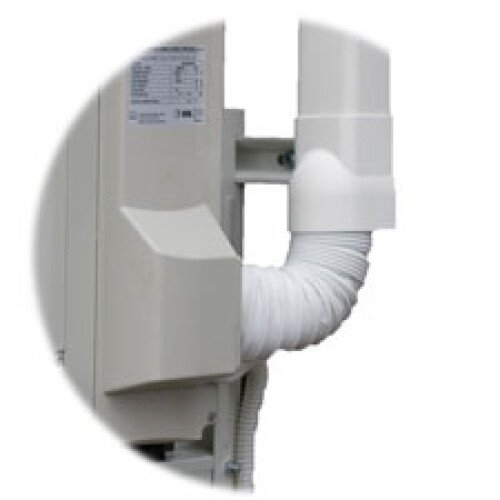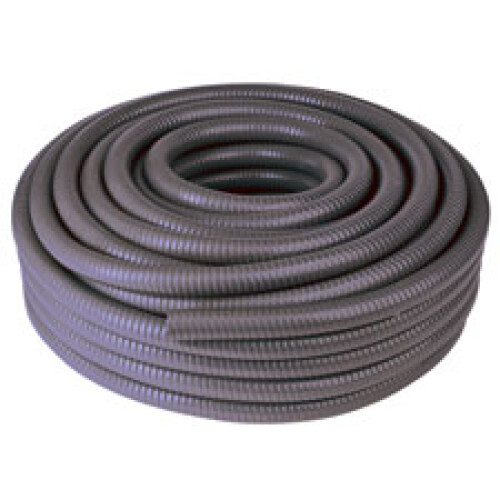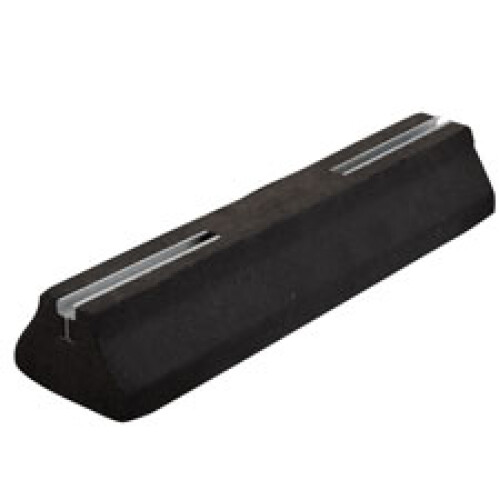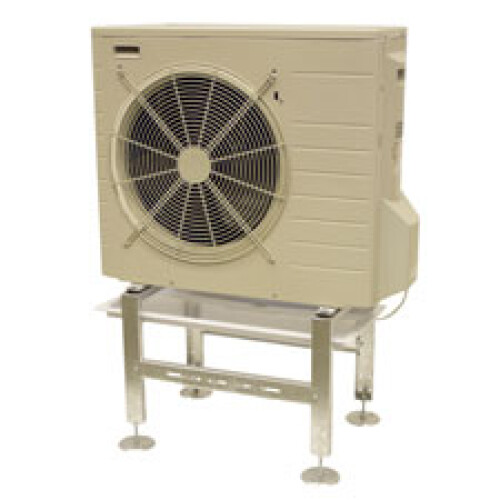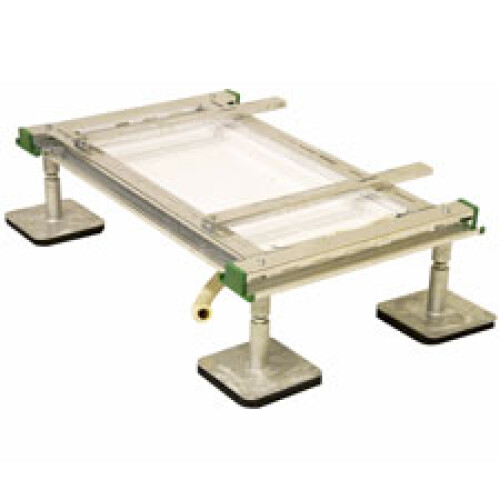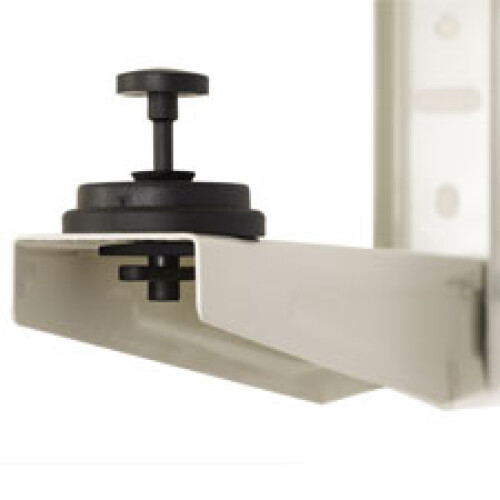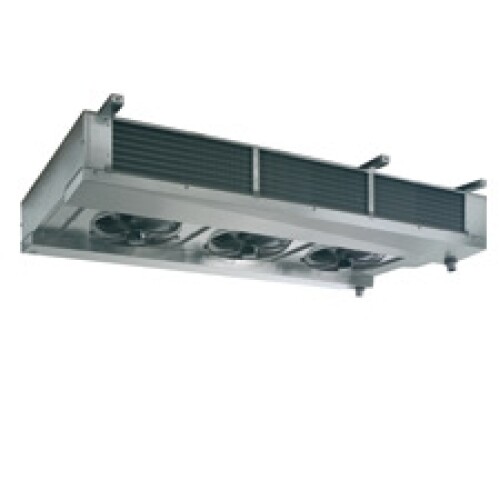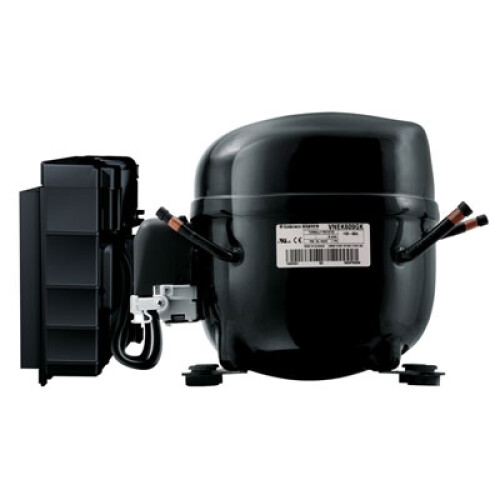Refrigerator components
Refrigeration components: innovation and efficiency in the HVAC/R sector
Refrigeration components are essential for the efficient and reliable operation of cooling systems across a wide range of applications, from residential to industrial.
These components, which include compressors, condensers, evaporators, expansion valves, and refrigerants, play a crucial role in maintaining ideal temperatures, ensuring the quality of stored products, and improving energy efficiency.
Page: 1 di 1
The main refrigeration components
- Compressors: The heart of any refrigeration system, compressors pump the refrigerant through the system. By converting the refrigerant from low pressure and low temperature to high pressure and high temperature, compressors enable the cooling cycle. The main types of compressors include reciprocating, rotary, scroll, and screw compressors, each designed for specific applications and offering distinct advantages.
- Condensers: These components dissipate the heat absorbed by the refrigerant within the system. By transforming the refrigerant from a high-pressure vapor to a high-pressure liquid, condensers are essential for maintaining refrigeration cycle efficiency. Depending on the system’s needs, condensers can be air-cooled or water-cooled.
- Evaporators: The evaporator is the component where the refrigerant absorbs heat from the environment, evaporating at low pressure. This process cools the air or fluid passing through the evaporator, thereby reducing the ambient temperature. Evaporators are crucial for residential, commercial, and industrial cooling applications.
- Expansion valves: These regulate the flow of refrigerant within the system, converting it from a high-pressure liquid to a low-pressure liquid before it enters the evaporator. Expansion valves ensure that the refrigerant enters the evaporator at the right pressure and quantity for optimal efficiency.
The latest innovations in refrigeration components
Continuous innovation in refrigeration components has led to significant advancements that enhance system efficiency and sustainability. Among these developments:
- Variable-speed compressors: These compressors adjust their speed according to cooling demand, improving energy efficiency and reducing power consumption.
- Evaporative condensers: By combining air and water cooling, these condensers provide more efficient heat dissipation, making them ideal for industrial applications.
- Low-temperature evaporators: Designed to operate at extremely low temperatures, these evaporators are essential for applications such as food preservation and industrial refrigeration.
- Electronic expansion valves: These provide precise control over refrigerant flow, improving system efficiency and reducing the risk of overheating or undercooling.
- Low-GWP (Global Warming Potential) refrigerants: New refrigerants with a lower global warming potential are becoming the industry standard, reducing the environmental impact of refrigeration systems.


